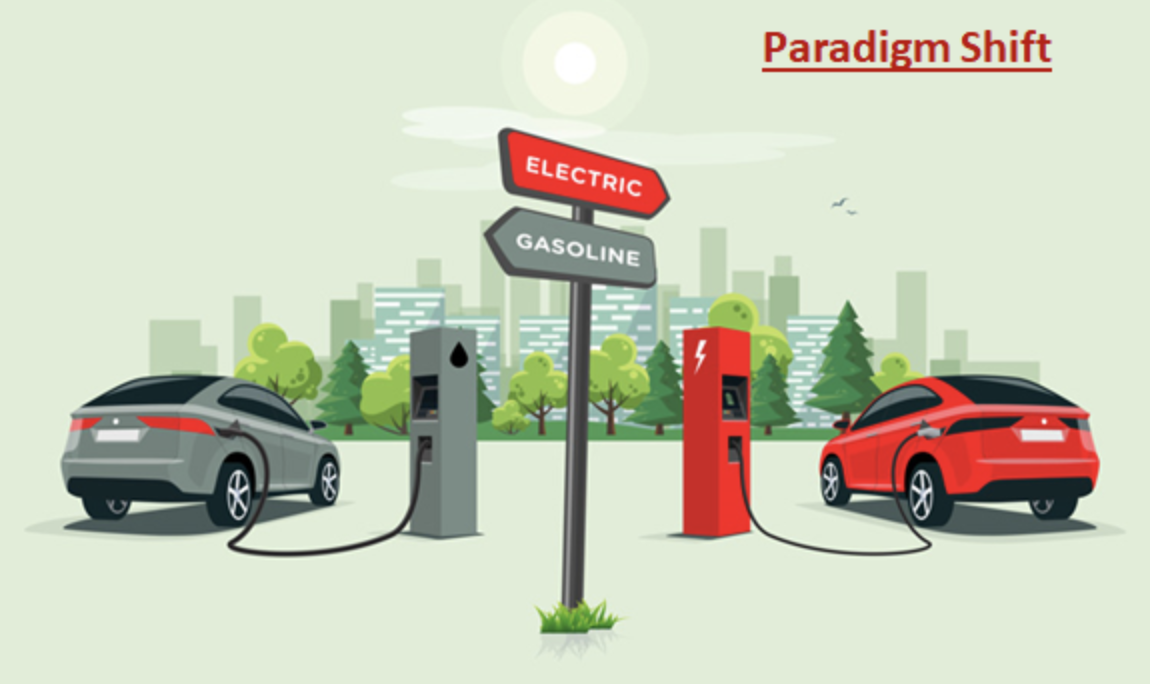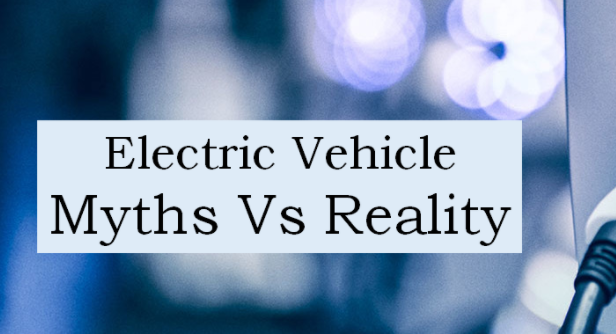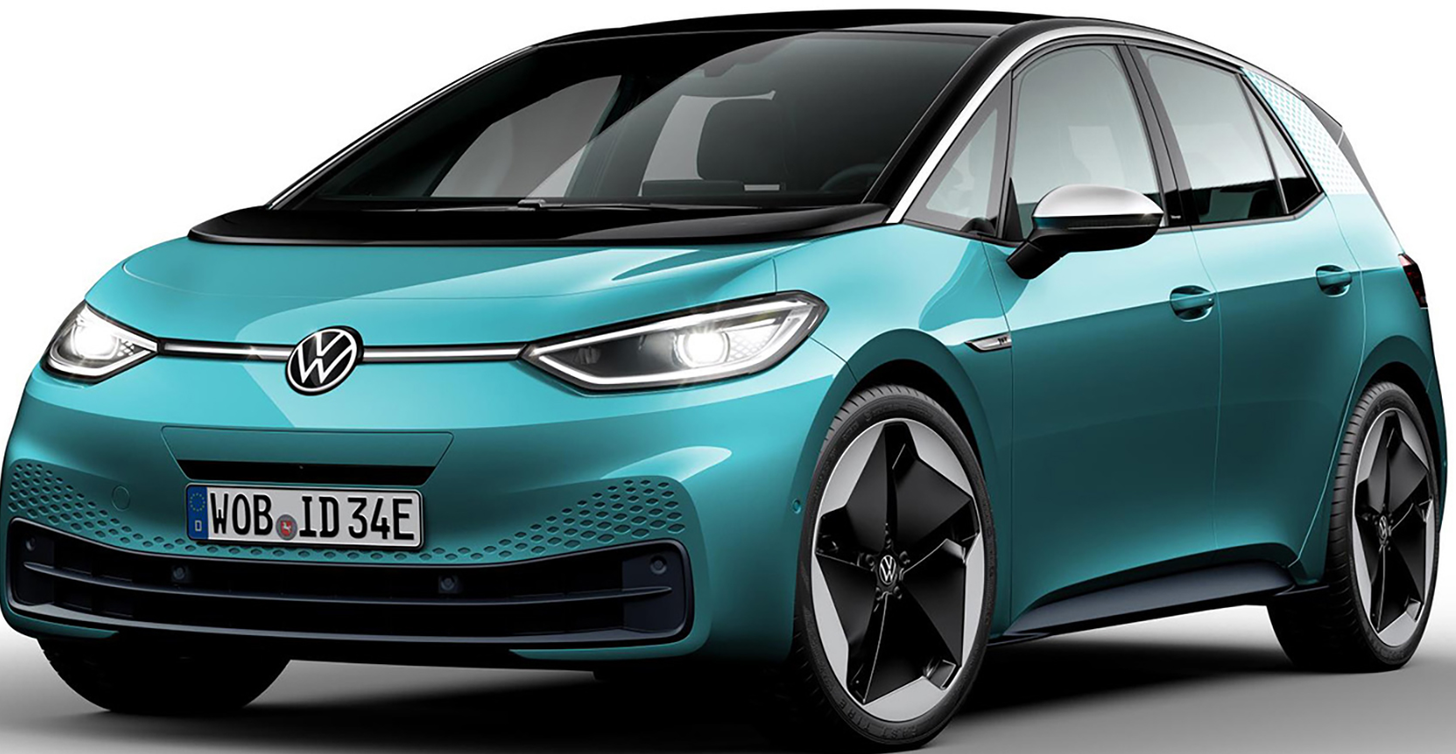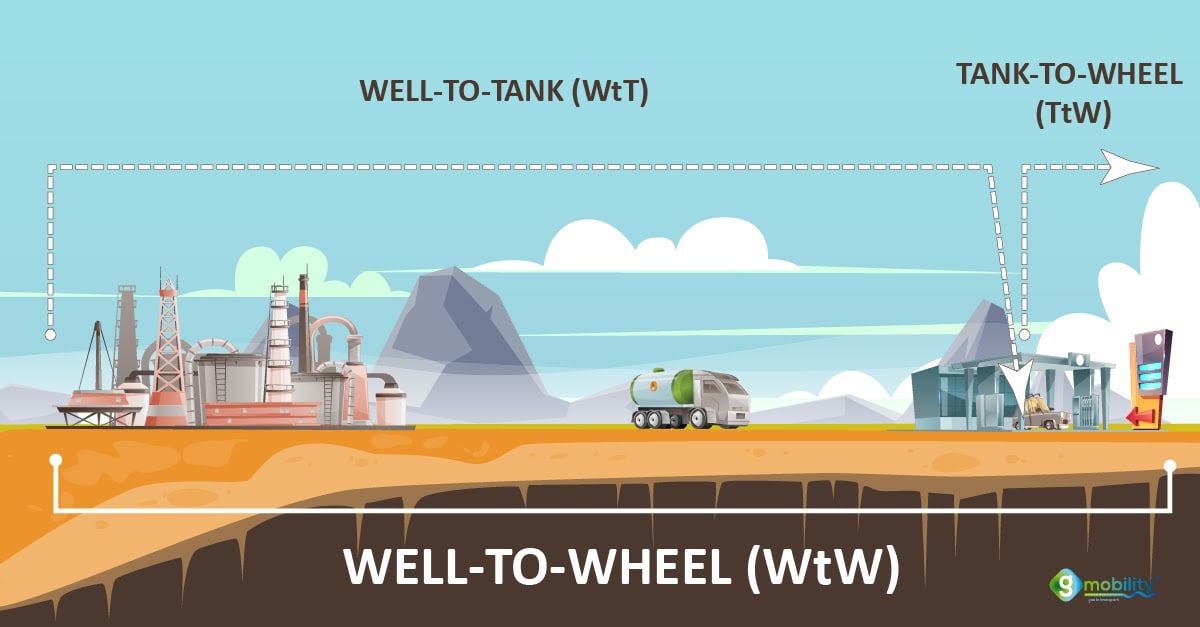Most comprehensive analysis of Electric vehicle’s well-to-wheel emission
Lifecycle analysis of emission proves that Electric cars are three times more cleaner than an equivalent Petrol car.

There have been several arguments against Electric vehicle’s (EV) credibility as a green alternative to Internal combustion engine cars (ICE). In this article, we have deep-dived into all forms of emissions to put to rest this confusion once and forever.
Lifecycle analysis (LCA) of emission provides a comprehensive picture of the CO2 emissions from well to wheel. Transport & Environment (T&E) conducted one of the world’s most comprehensive and authentic studies to determine if electric vehicles are green? T&E is a European umbrella for NGOs working to promote sustainable transport. Extensive data collected in European markets are considered for this study.
Lifecycle Analysis of Emission between EV and ICE:
This analysis compares the CO2 emitted by Electric cars and Internal combustion engine (Petrol / Diesel) cars during the lifecycle of the product. Lifecycle emission analysis includes emission from all activities associated with the production and consumption of the product. In industry parlance, it’s termed "well-to-wheel" emission. This covers the full value chain of activities starting from the mining/oil wells to car wheels on the road. This comprehensive study covers the following upstream and downstream activities,
-
Battery Manufacturing
-
Vehicle Manufacturing
-
Power generation
-
Day to day running of the vehicle
1. Battery Manufacturing 🔋
Battery manufacturing involves the full value chain including Mining of Li-ion ore, Transportation, Processing, and Manufacturing. NMC (Nickel-Manganese-Cobalt) is the most commonly used chemical element in EV batteries. Close to 57% of EVs in the world use this battery chemistry and hence the emission related to the value chain of NMC is considered for this study.
The carbon footprint of mining and manufacturing of the battery pack with NMC is estimated to be 61 to 106kg of CO2 emissions equivalent per Kilowatt-hour of battery capacity (Source: IVL Sweden). This is 2 to 3 times lower than the 150-200kg of CO2 estimate measured in 2017. The reason for such a significant improvement in 3 years’ time can be attributed to the scaling up of battery manufacturing and the increase in renewable energy sources in the last few years. This highlights the significance of using a cleaner source of electricity in the value chain.

2. Vehicle Manufacturing 👷
By vehicle manufacturing, we mean production of the body, interior trims, exterior trims, chassis systems, low voltage electricals, infotainment, seating, etc. Since these components are the same across ICE and EVs, the carbon footprint associated with the manufacturing of these vehicle systems is the same in ICE and Electric cars.
3. Power Generation 🏭
As for as electric vehicles are concerned, a lot rides on the power source. The green credentials of EV depend heavily on how clean the grid is. Hence it's important to consider the emissions involved in all the Upstream operations like Setting up of power plants, manufacturing of components for the machinery including Boilers for thermal power plants, Solar cells & Wind turbines, and Downstream operations like Generation and Distribution of electricity.
The study conducted by the Intergovernmental Panel on climate change (IPCC, 2014) revealed Coal as the dirtiest of all sources of electricity and Wind as the cleanest source. Solar, Hydro, and Nuclear are the other better options to choose from
The lifecycle carbon intensity of coal-based energy is 80 times more than wind and 50 times more compared to Solar.
The lifecycle carbon intensity of coal-based energy is 80 times more than wind and 50 times compared to solar
sources.
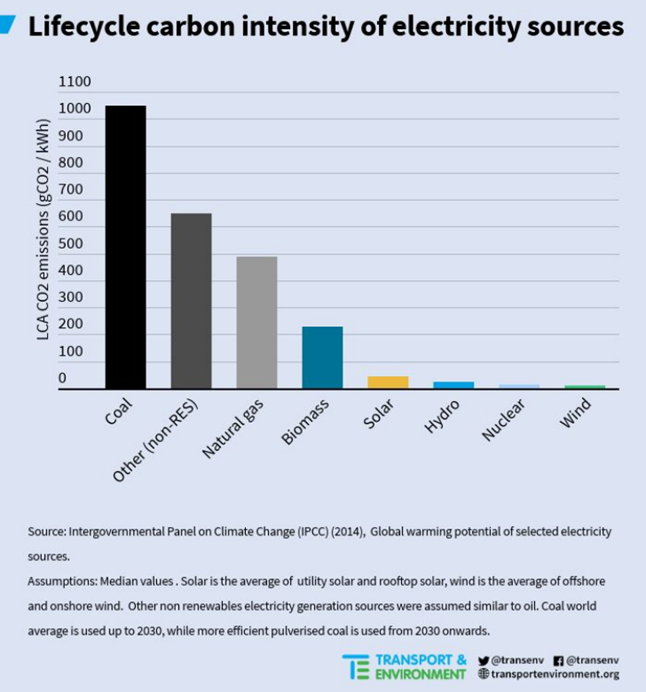

4. Driving - Day to day running of vehicle:🚕
Driving accounts for the majority of emissions for a Petrol / Diesel car. Almost 85% of lifecycle emission for an ICE car is in day to day driving. In addition, the high density of cars in cities makes some of the world’s top cities unliveable. Hence the emission caused during driving not only increases the global carbon footprint but also has the greatest influence on the way we live and breathe in cities. Here Electric vehicles win ICE cars hands down.
Since the gap between laboratory test consumption and the real-world consumption is close to 39%, for this study Fuel (for ICE cars) and Energy consumptions (for EVs) are considered based on real-world consumption declared by millions of European Union (EU) drivers taken from spritmonitor.de and EV-database19
Conclusion ⚡
If we add up all the upstream and downstream emissions of both ICE cars and EVs, the average European Petrol / Diesel cars emit 3 times more CO2 compared to EVs during their lifecycle. The difference in EV emissions in European Union countries is down to the differences in the source of electricity. Poland being the dirtiest (with 74% electricity from Coal), EVs manufactured and used there can only save 29% of emission compared to Petrol cars. Sweden being the cleanest (80% from Nuclear, Hydro, and Wind), EVs manufactured and used over there can save 79% emission vis-à-vis petrol cars.
Hence the source of electricity plays a crucial role in the green credentials of EV. But what is interesting
is, even with 74% coal-based power going on the grid an EV running in Poland is still greener than a petrol or a
diesel car.
This categorically concludes that EVs are greener than ICE cars by a huge margin.

The below graph highlights the Lifecycle emission of CO2 across different European countries as of 2020. The red line on the bar indicates the total emission forecasted for 2030 assuming increased renewables to the grid.

Hope you found this article useful. To receive automatic notification for our future articles, please don’t forget to subscribe below
Team "EV Quotient"
(EV Quotient is a platform to discuss and learn about electric vehicles. It’s an initiative by a team of experienced Automotive professionals with Global Exposure)


